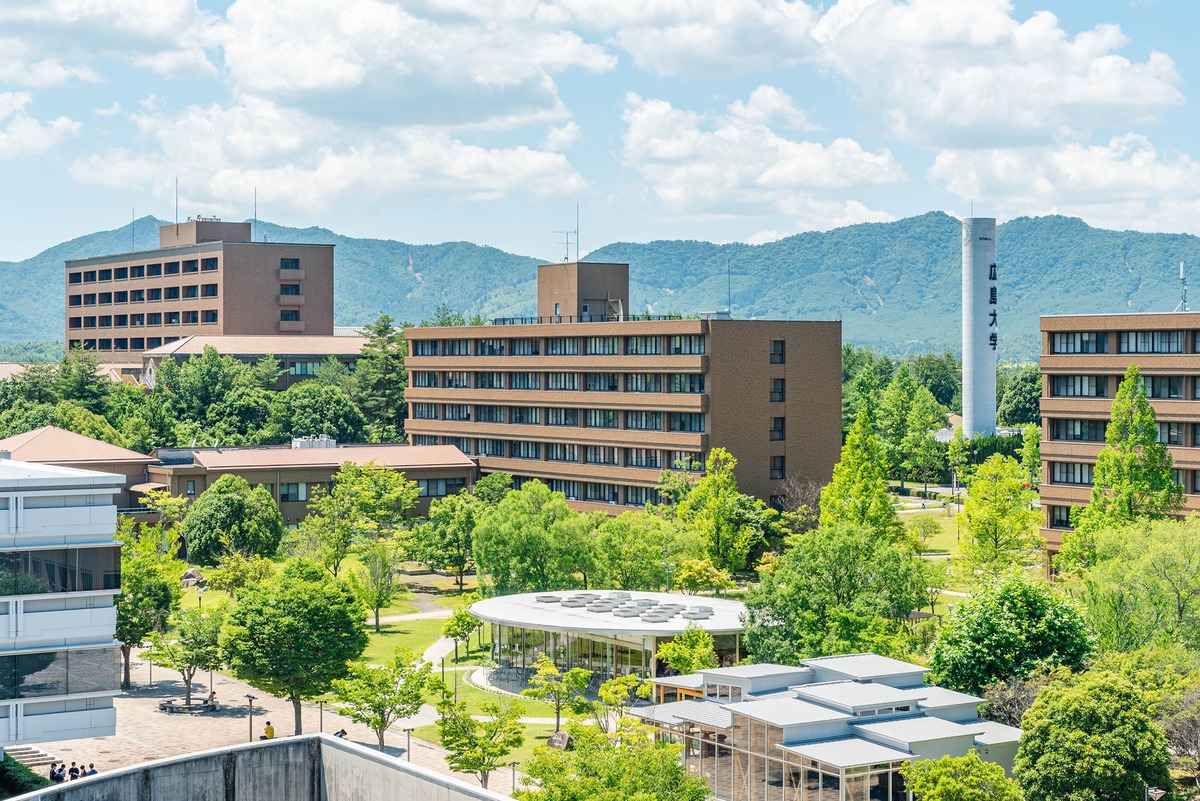This article is part of a series showcasing the work of graduates of the IEP Ambassador Programme, an online course providing the knowledge and tools to foster peace. Dahlia Simangan undertook the IEP Ambassadors Programme in 2020.
Name: Dahlia Simangan
City: Higashi-Hiroshima City, Hiroshima, Japan
Profession: Assistant Professor, Hiroshima University
Dahlia: My research over the years led me to a more holistic understanding of peace.
My thinking is also influenced by Johan Galtung’s conceptualisation of peace, that peace is not just the absence of violent conflict but also the presence of conditions that enable human flourishing.
I decided to undertake the IEP Ambassadors Programme because of its holistic and scientific approach to understanding peace, and I wanted to learn more about IEP’s research methodology.
Furthermore, the programme offered a unique platform to connect with peace researchers and practitioners from different parts of the world.

Dahlia: I have been studying post-conflict peacebuilding since 2012 when I embarked on my PhD in International Relations from the Australian National University.
For my dissertation, I examined how Cambodia, Kosovo, and Timor-Leste transitioned from conflict to peace under the United Nations’ peacebuilding missions.
After my PhD, I strived to translate my research skills into practise by co-founding a non-governmental organisation in Nepal called Peace Perspectives. Peace Perspectives collects definitions of peace from everyday people to inform community outreach projects, and hopefully, in the long run, influence development policies.
More recently, I added into my research agenda the case of peacebuilding in the Philippines, where I am originally from. I started looking at the urban aspects of rebuilding Marawi City in Mindanao.
I received the 2020 Hiroshima University Women Researcher Encouragement Award to implement the initial phase of this research project.
Also, as one of the core members of Hiroshima University’s Network for Education and Research on Peace and Sustainability, I became involved in research and networking projects pertaining to the peace-sustainability nexus.
We collaborate with researchers and practitioners from Japan and other countries to streamline various research and educational activities related to peace and sustainability.
Dahlia: My final project for the IEP Ambassadors Programme is a systematic review of literature on the peace-sustainability nexus. Together with my colleagues at the Network for Education and Research on Peace and Sustainability (NERPS) at Hiroshima University, we mapped the scientific literature on the interaction between the pillars of Positive Peace and the various dimensions of sustainability, including the United Nations’ Sustainable Development Goals (SDGs). One of the research articles that came out of this review has been published in Ambio. We expect to publish another research article and a book chapter from this review. Since the IEP Ambassadors Programme, I started integrating the concept of Positive Peace into my research and teaching activities.
Dahlia: I activated Positive Peace in my project by integrating the pillars into my research.
In addition to the review articles I mentioned above, I also used the knowledge I learned from the IEP Ambassador Programme in designing a two-year research project entitled ‘Sustainable Peace and Peaceful Sustainability in Conflict-Affected Societies.’
The first component of the project examines the interaction between Positive Peace and environmental sustainability at the national level.
The second component of this project is the collection of field research data from Afghanistan and Nepal to highlight the local manifestations of the relationship between Positive Peace and environmental sustainability.
We chose Afghanistan and Nepal as case studies because they ranked low in both indices and some of their local communities experience social conflict over water resources.
More specifically, the construction of Salma Dam in Afghanistan and Koshi Barrage in Nepal had a considerable impact on the environment and livelihoods, generating geopolitical tensions and local grievances that may undermine the pursuits of peace and sustainability.
Dahlia: My project aims to advance the integration of Positive Peace and environmental sustainability in order to maximize the impact of their policies and initiatives in societies vulnerable to conflict and environmental risks.
Climate and environmental change are transforming the security landscape in which both conflicts and peacebuilding processes take place.
While existing research underscores the importance of climate-sensitive approaches to peacebuilding, the focus has been on violent conflict and environmental destruction.
The relationship between the positive dimension of peace and more local manifestations of environmental sustainability remains grossly under-examined.
This project aims to address this gap by unpacking the complex relationship between positive peace and environmental sustainability.
Dahlia Simangan shares all her research and outreach activities on her personal website and on Twitter @dahlia_cs.
IEP’s Ambassador program is now taking expressions of interest.